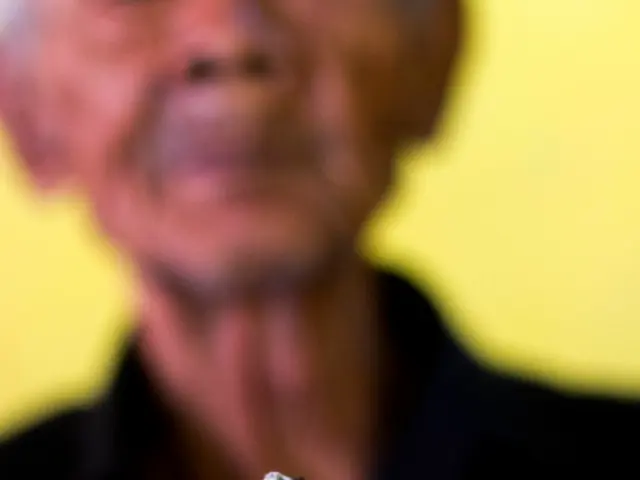Navigating Diabetes while Journeying - Key Factors to Bear in Mind
When planning a trip, people with diabetes have additional considerations to ensure a safe and enjoyable journey. The German diabetes association, DiabetesDE – Deutsche Diabetes-Hilfe, offers valuable advice for travelers with diabetes.
Firstly, it is highly recommended to obtain a doctor's note before your trip. This can help avoid any potential issues at the airport.
DiabetesDE provides an overview of body signals to pay attention to while traveling. These include increased thirst, frequent urination, blurred vision, dizziness, rapid heartbeat, sweating, fatigue, confusion, nausea, and fruity breath. These symptoms could indicate hypoglycemia or hyperglycemia, and it is crucial to quickly measure glucose levels to distinguish between the two and other causes if feeling unwell.
To prepare for potential symptoms while traveling, DiabetesDE advises carrying easily accessible supplies of glucose tablets, glucose-containing drinks, and a glucagon kit. It is also recommended to pack two to three times the amount of medication you think you'll need during your trip.
Insulin should be in your carry-on luggage while traveling by plane. Low temperatures in the cargo hold can affect insulin, so it's important to keep it with you at all times. Injecting short-acting insulin just after meals can help reduce the risk of hypoglycemia if you vomit while traveling.
If traveling by plane, it is advisable to pack these items in your carry-on luggage. It is also essential to discuss travel plans with a doctor or healthcare provider to plan for handling symptoms while traveling.
Gastrointestinal infections can increase the risk of hypoglycemia because blood sugar-lowering medications continue to work even when the body is taking in little to no food. Motion sickness symptoms, such as dizziness, pallor, cold sweat, and nausea, usually subside once you get out of the vehicle.
For people with diabetes, it is crucial to check blood sugar levels more frequently during your vacation, especially in hot or cold weather, at unusual altitudes, or during physical activity. Frequent monitoring is essential to maintain blood sugar levels within the target range and avoid potential complications.
By following these expert recommendations, people with diabetes can enjoy a safe and enjoyable trip. It is always best to consult with a healthcare provider before traveling to discuss any specific concerns and develop a plan for managing diabetes while on vacation.






